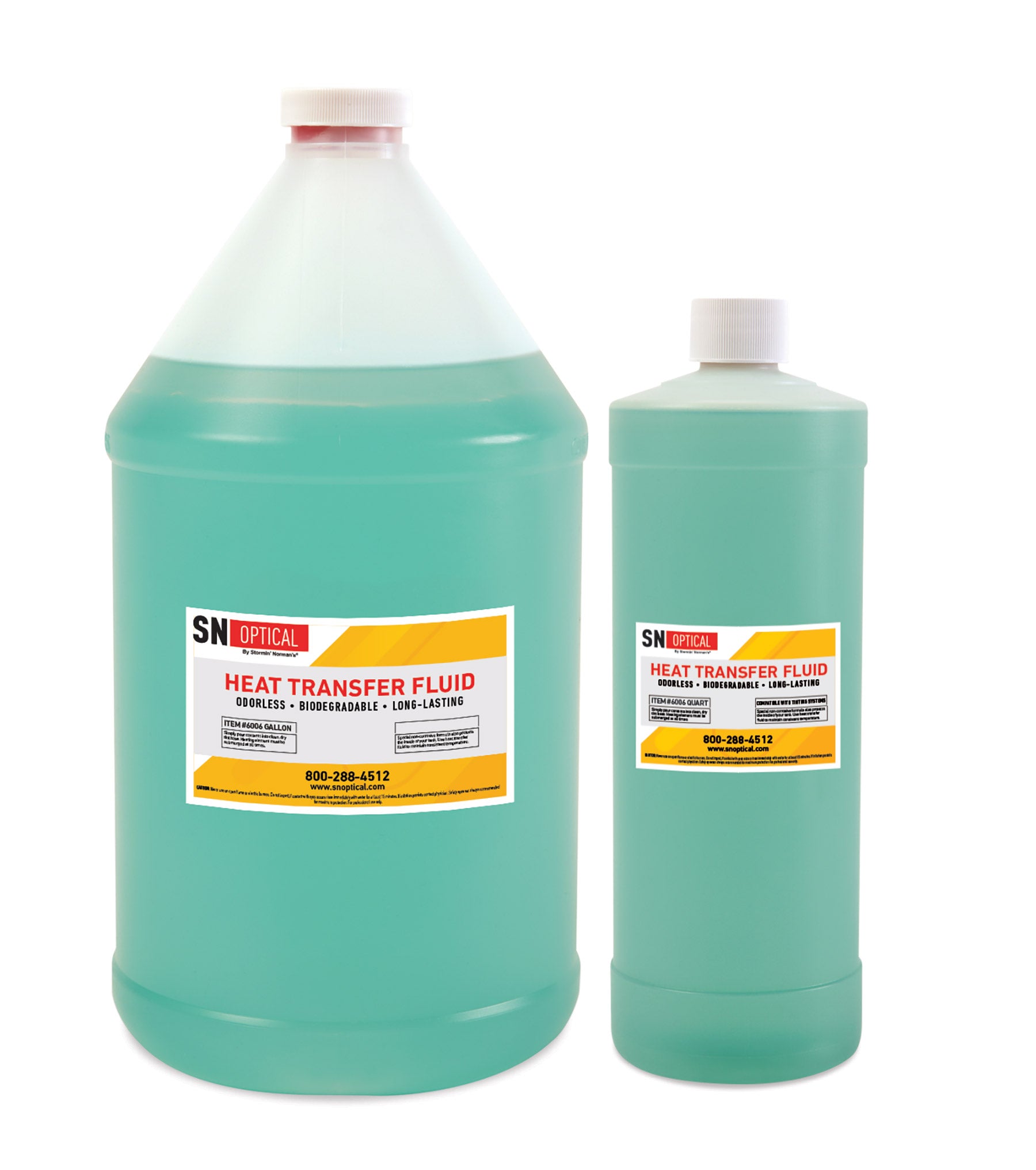Exactly How to Securely Take Care Of and Deal With Utilized Heat Transfer Fluid
The Role of Heat Transfer Liquid in Enhancing System Performance and Safety And Security
In the ever-evolving landscape of commercial procedures, warm transfer fluids (HTFs) arise as crucial parts in maximizing both system performance and security. These specialized liquids, recognized for their remarkable thermal conductivity and regulated viscosity, make it possible for effective warm exchange, which is indispensable for structured procedures.
Recognizing Warm Transfer Fluids
Heat transfer fluids, frequently considered the lifeline of thermal management systems, play a critical duty in regulating temperature across different commercial applications - heat transfer fluid. Industries such as chemical processing, power generation, and manufacturing count on warm transfer fluids to make sure tools operates successfully and safely.
The option of an appropriate warmth transfer liquid is crucial to the success of a thermal management system. In summary, a thorough understanding of warm transfer fluids is important for maximizing system performance, guaranteeing functional safety, and attaining cost-effective thermal monitoring solutions.
Secret Residence of HTFs

The certain heat capacity of an HTF delineates the quantity of heat energy called for to alter its temperature level, influencing how successfully the system can respond to temperature variations. The boiling and freezing factors of HTFs also play a pivotal function, particularly in systems subjected to extreme temperatures, guaranteeing liquid security and protecting against phase changes during operation.
Enhancing System Efficiency
To enhance system performance with heat transfer liquids (HTFs), it is important to incorporate an extensive technique that considers both fluid properties and system design. The selection of a suitable HTF is essential, as its thermal conductivity, thickness, and specific heat capability directly impact the efficiency of warm exchange. High thermal conductivity makes sure fast warm transfer, while ideal thickness facilitates smooth circulation through the system, lessening energy intake. Furthermore, a high specific warmth capability enables the fluid to store and move even more thermal energy, boosting total system performance.
Just as essential is the design of the warmth transfer system itself. Designers need to make certain that parts such as warm exchangers, pumps, and piping are created to match the homes of the picked HTF. The surface location and product of warm exchangers should be enhanced to maximize warm transfer effectiveness. heat transfer fluid. The assimilation of advanced technologies, such as variable rate pumps and wise surveillance systems, can substantially boost the responsiveness and flexibility of the system to transforming functional problems.
Boosting Operational Safety And Security
Guaranteeing operational safety and go to my site security in warmth transfer systems needs a thorough focus on both the residential properties of warmth transfer liquids (HTFs) and the layout and maintenance of the entire system. HTFs need to have thermal stability, low flammability, and appropriate viscosity to minimize threats such as leaks, fires, and system malfunctions. Selecting the appropriate HTF is important as it identifies the system's capability to manage temperature level fluctuations without compromising safety.
The style of the system should integrate redundancies and fail-safes to handle prospective hazards efficiently. This includes the combination of safety and security shutoffs, pressure alleviation tools, and temperature tracking systems to identify and address anomalies quickly. Routine upkeep is crucial to guarantee that all elements, including pumps, pipes, and seals, are operating appropriately and are complimentary from wear or corrosion, which can bring about dangerous leaks or failings.
Furthermore, workers in charge of the procedure and maintenance of heat transfer systems should be adequately trained in safety procedures and emergency feedback treatments. Constant training programs and security drills can considerably decrease the likelihood of mishaps, making sure a more Check Out Your URL secure working setting. Eventually, an extensive approach to security-- encompassing fluid selection, system design, and labor force training-- is crucial for optimum functional safety and security.
Market Applications of HTFs
Widely utilized throughout various sectors, heat transfer fluids (HTFs) play a vital role in improving the efficiency and integrity of thermal management systems. In the chemical sector, HTFs are integral for maintaining accurate temperature levels during responses, guaranteeing item consistency and high quality. They assist in warmth exchange procedures in reactors, condensers, and warm exchangers, thereby enhancing power use and minimizing waste.
In the oil and gas sector, HTFs are employed in both upstream and downstream operations. They manage temperature level in boring procedures and boost efficiency in refining procedures by providing stable thermal problems. This results in lowered downtime and improved safety and security, specifically in important procedures such as distillation and fracturing.
The eco-friendly power industry also benefits dramatically from HTFs, particularly in focused solar power (CSP) plants. Right here, HTFs transfer recorded solar power to power turbines, enabling efficient power generation. The pharmaceutical market counts on HTFs for precise temperature level control in both synthesis and storage, ensuring item efficacy and security.


Furthermore, the food and beverage sector utilizes HTFs for pasteurization, sterilization, and food preparation processes, enhancing both product security and production effectiveness. Across these markets, HTFs offer as crucial parts in maintaining optimal functional efficiency and safety and security.
Conclusion
Warm transfer fluids are crucial in enhancing industrial system efficiency and safety and security by providing high thermal conductivity, ideal viscosity, and thermal stability. Proper choice and upkeep of HTFs browse around this site enhance warm exchange efficiency, consequently improving operational effectiveness.